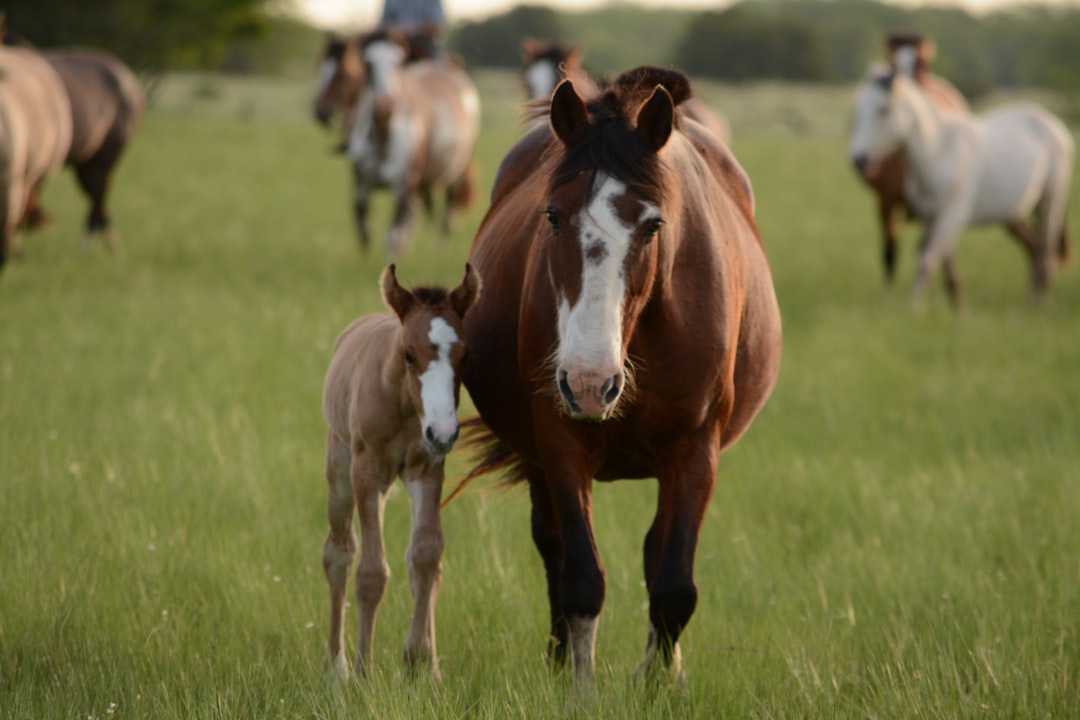What is it about?
This is a novel lameness detection method using radar technology to automatically and remotely identify lame cattle and sheep. It has great potential as a more objective, animal-friendly and cost-effective tool for reducing one of the more important economic and welfare issue in the livestock industry.
Featured Image

Photo by Delphine Ducaruge on Unsplash
Why is it important?
Lameness is a major health, welfare and production-limiting condition for the livestock industries. The current method to identify lameness is by whole herd/flock visual locomotion, which is subjective, requires training to be sufficiently reliable and is labour-intensive. This method of lameness detection has the potential to enable identification and automatic drafting out of lame individuals for treatment, significantly improving health and welfare of sheep and profitability on farm.
Perspectives
The proposed method has either comparable or higher analytical performances to other potential alternative lameness detection methods. Additional work is being undertaken to develop the algorithms further and to identify the most suitable combination of features and classification algorithms to optimise performance across a range of conditions and environments.
Valentina Busin
University of Glasgow
Read the Original
This page is a summary of: Evaluation of lameness detection using radar sensing in ruminants, Veterinary Record, September 2019, BMJ,
DOI: 10.1136/vr.105407.
You can read the full text:
Contributors
The following have contributed to this page










